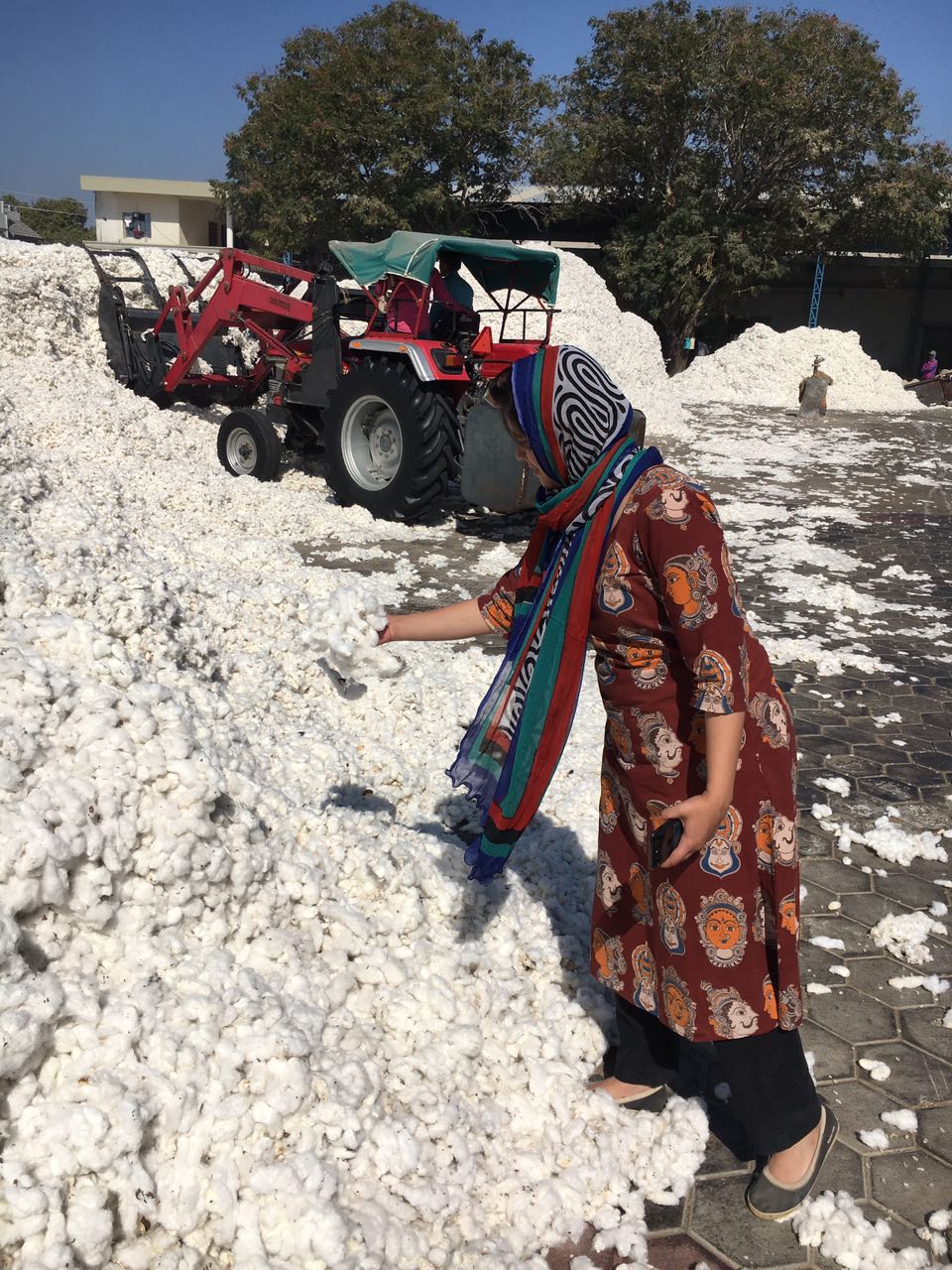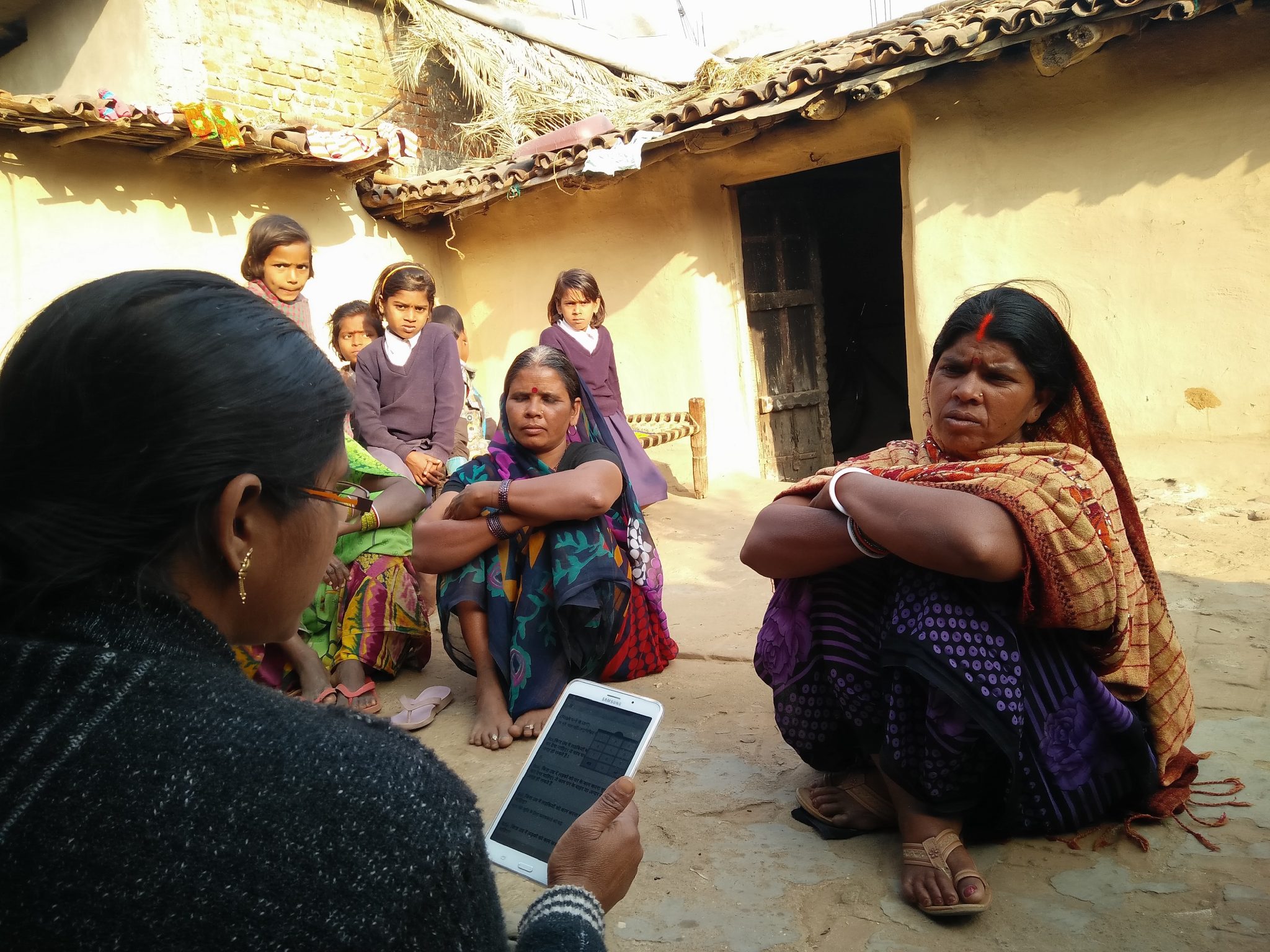Blog Details
India is the second largest producer of cotton in the world and farmers across the country use copious amounts of pesticides to ensure that the production of cotton remains consistent through the years. The harmful consequences of this have motivated a global adoption of organic farming techniques and cotton farmers in the country have also been encouraged towards this transition. However, this is not an easy task given the absence of adequate knowledge of organic farming practices and the resistance of farmers to new techniques.
Keeping this in mind, Better Cotton Initiative (BCI) has provided a viable alternative to farmers by allowing them to transition to organic farming techniques gradually. Although the Better Cotton Initiative (BCI) allows for farmers to use GM seeds and partial use of certain agrochemicals, they are more focused on regulating the social and economic repercussions of the farming techniques by including clauses such as the prohibition on child labour. Commissioned by the C&A Foundation and the American Institutes for Research (AIR), Outline India conducted a study to assess the socio-economic conditions of cotton farmers.
Cotton is a cash crop sown in the summer (Kharif) and reaped in the winter (Rabi) season, made it imperative for the research to be conducted only during the months of December and January. The pre-test was conducted in the month of November following which an extensive research was conducted in the months of December and January using both qualitative and quantitative survey tools.
The community mapping exercise in Khargone district of Madhya Pradesh provided some interesting insights into not only the practices of cotton farming in India but also the challenges of conducting research in a country as diverse as India.
Firstly, language becomes a major point of contention. At the very onset of this research, i.e during the pre-test, identification of villages became a major problem. This was because the names of villages as spelt out in English did not correspond to those written in the vernacular. This shortcoming added to the task of locating the exact villages that matched the criteria for sampling.
Secondly, another problem that surfaced once we reached the field for data collection was the sample. The intended sample for this project was estimated at about 60 villages, across 3 blocks (Maheshwar, Barwaha and Sanwad) in the Khargone district of Madhya Pradesh in India. Khargone was only the most pragmatic choice in this case because MP is the largest cotton-producing state in the country, and Khargone, the largest cotton producing district in it. However, once the fieldworkers reached the villages that were listed on the sample list, there seemed to be no awareness among the farmers there. They had no idea about the kind of farming that they were practising: conventional, organic or better cotton. A development of this kind, at the end of a survey, could completely ruin the entire effort put into conducting an interview.
Thirdly, upon reaching Khargone we realized that the list of villages was not updated according to the latest census. This resulted in an increase of sample 60 to 114 villages. A meeting with the village Patawari in Maheshwar helped the researchers delineate the suitable villages and procure a new list that corresponded with the updated census and the research pre-requisites.
It is interesting to note how community mapping exercises of this large a scope and extent bring forth the intricacies and underlying social structures in rural India. The caste system is prevalent throughout the country and often determines the manner in which villages are structured. The organization of the village was such that the area atop the mountain was inhabited by the Brahmins for them to receive natural water. Because the village did not have a proper drainage system, the lower areas where the water would get collected was inhabited by members of the Dalit community.
This was just one of the many interesting things that were discovered during the course of this study which reiterated the importance of conducting a pre-test before undertaking research of this magnitude.








David Angel Makel
IT ConsultantIt is a long established fact that a reader will be distracted by the readable content page looking at its layout point of using normal